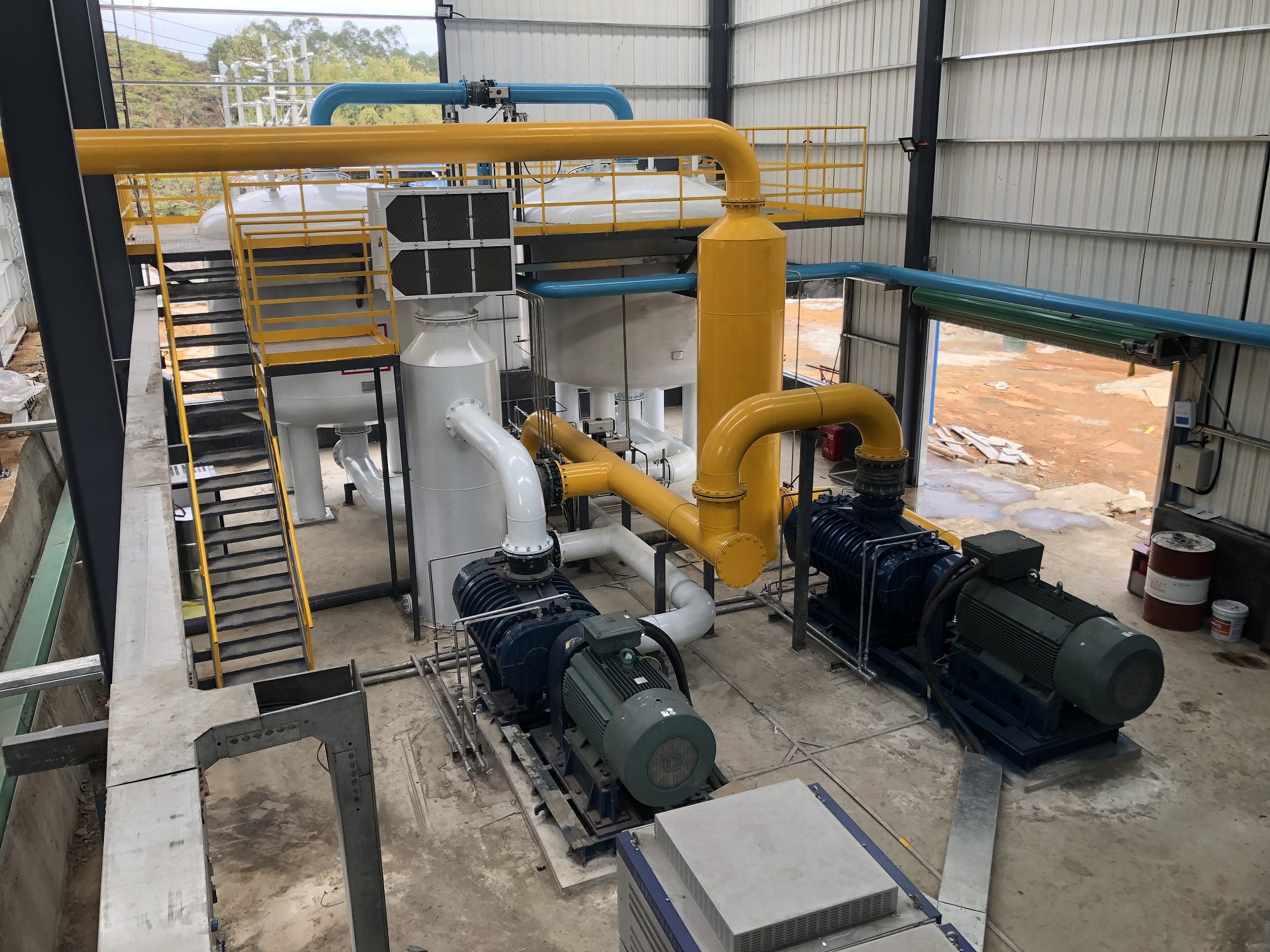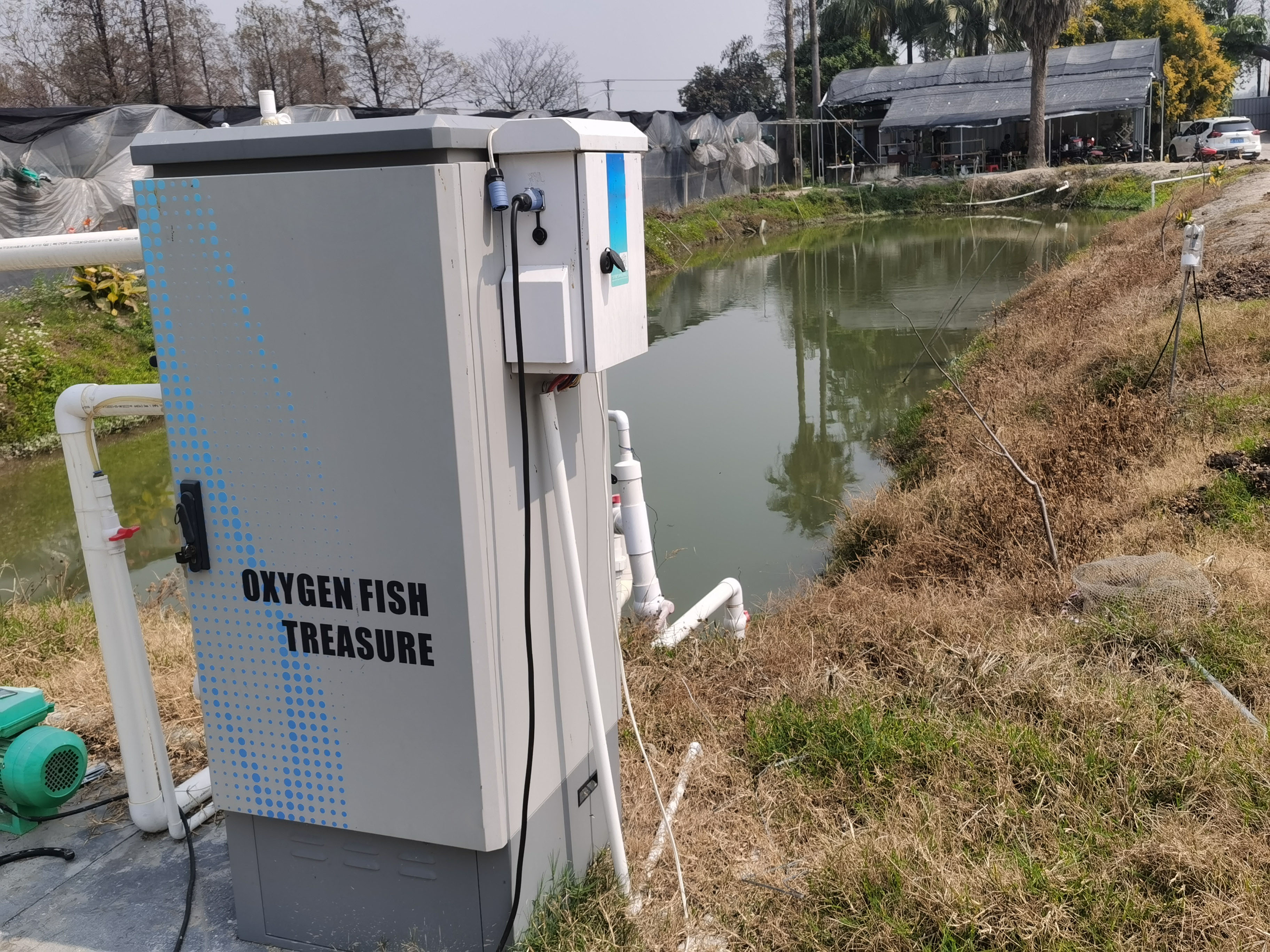Green Hydrogen
A new equipment for directly electrolyzing seawater to produce green hydrogen enables efficient power transmission in deep and far-sea areas
Recently, the world's first megawatt-level electrolytic seawater hydrogen production skid-mounted device was successfully put into trial operation in Zhuhai. This equipment was designed and developed by CNOOC Branch. Its successful trial operation marks a new progress made by CNOOC in accelerating the cultivation and development of new Marine energy productivity and promoting the green and low-carbon transformation of energy.
This device has overcome the problems of numerous impurities, high salinity and strong corrosion during the electrolysis of seawater, successfully increasing the single-unit power to 1 megawatt, laying a foundation for the large-scale application of hydrogen production from seawater. The person in charge of the seawater hydrogen production project said.
Compared with the traditional electrolytic water hydrogen production method that highly relies on scarce clean fresh water resources, seawater hydrogen production has abundant resources and broad prospects. However, the composition of seawater is complex, which poses higher requirements for the electrolysis technology process and equipment design. To convert seawater into powerful green energy, the CNOOC team set their sights on the goal, explored and advanced, accelerated the research and development of key core technologies, and after 30 months, successfully launched this green project with demonstration significance.
There is no need to desalinate seawater for direct electrolysis
The ocean covers 71% of the Earth's surface. According to rough estimates, about 660 standard cubic meters of hydrogen can be produced from one ton of seawater through an electrolytic seawater hydrogen production skid-mounted device. The direct electrolysis of seawater technology can truly transform the inexhaustible seawater resources into an inexhaustible green energy source.
The electrolysis efficiency of seawater is low. The salt in seawater and the chloride ions in impurities can cause corrosion to the electrodes of electrolytic equipment. The deposition of other impurities may clog the equipment channels, affecting the electrolysis efficiency and even damaging the equipment. Li Zihang, a process engineer, said in an interview with Science and Technology Daily.
To overcome the above-mentioned challenges and address issues such as the short lifespan of catalytic electrodes and fierce competition in the side reactions of seawater electrolysis, the company has designed and developed this direct seawater electrolysis hydrogen production device. It has solved the problem of strict requirements for raw material water quality in traditional water electrolysis hydrogen production devices, and by using efficient catalytic materials and anti-corrosion designs, it has addressed the electrode corrosion problem under high-salt conditions.
This equipment can enter the electrolysis process without desalination of seawater, effectively reducing the cost of hydrogen production. Its rated hydrogen production capacity reaches 200 standard cubic meters per hour, making it suitable for large-scale hydrogen production scenarios. The purity of hydrogen produced can reach 99.999%, meeting the demand for high-purity hydrogen in application scenarios such as fuel cells and the electronics industry.
Modular design ensures efficient operation
Generally speaking, the space for offshore operations is very limited, which requires high hydrogen production efficiency, stable operation of equipment, and convenient maintenance and inspection. This places very high demands on the design of the device." Li Zihang said.
For this purpose, this company has designed a highly integrated, modular and one-piece skid-mounted electrolytic seawater hydrogen production equipment. Researchers have classified the core equipment of the seawater hydrogen production system into five functional modules based on their functions: power supply, control, electrolytic cell, separation, and purification. Each functional module is skid-mounted and integrated into the corresponding container for packaging. The containers are joined together by slots, and the pipelines are connected by flanges, forming an integrated skid-mounted space. The entire equipment is easy to disassemble and assemble. The core module occupies a total area of 90 square meters, greatly reducing the equipment's floor space.
After reasonable design, the entire seawater hydrogen production system is divided into five container units of basically the same volume, which are convenient for assembly and transportation. The overall volume is relatively small and can be efficiently integrated with the existing offshore operation facilities. Meanwhile, each part is relatively independent of each other, which is convenient for maintenance and repair, laying a good foundation for the efficient and stable operation of the equipment. Li Zihang introduced.
Local consumption of offshore renewable energy
With the large-scale development of offshore wind power, the transmission and consumption of offshore power, especially renewable power from deep and far seas, are facing challenges. Using offshore wind power to produce hydrogen has become an effective way to solve the problems of difficult large-scale grid connection and consumption of offshore wind power and high cost of transmitting power from deep and far seas.
However, hydrogen production from offshore wind power also faces challenges. The output power of offshore wind power is random and fluctuating. Frequent power fluctuations will affect the operating life of electrolytic equipment, and it is necessary to further optimize the overall stability and continuity of the system. Li Zhichuan said.
To achieve local consumption of offshore renewable energy, the R&D team of the device has established a coupling model that conforms to the characteristics of offshore renewable energy based on the anti-fluctuation flexible control technology and start-stop process, adapting to the strong intermittency and large volatility of offshore wind turbine power generation and photovoltaic power generation. Based on this technical model, the direct electrolysis of seawater for hydrogen production technology can be better combined with offshore wind power and offshore photovoltaic technologies, stably and efficiently converting the green electricity generated by offshore wind power and photovoltaic into hydrogen products with high purity and strong stability, achieving local consumption of renewable electricity in deep and far-sea areas, and significantly reducing the costs of wind power transmission and consumption as well as hydrogen production. Form a new model for the comprehensive utilization of offshore renewable energy with green hydrogen at its core.
In the future, we will further explore solid-state hydrogen storage and high-pressure gaseous hydrogen storage technologies, develop an efficient green hydrogen storage and testing platform, accelerate the cultivation and development of new Marine energy productivity, and continuously create an engineering and technical service model of "products + technology + services" in the green hydrogen field. Li Zhichuan said.

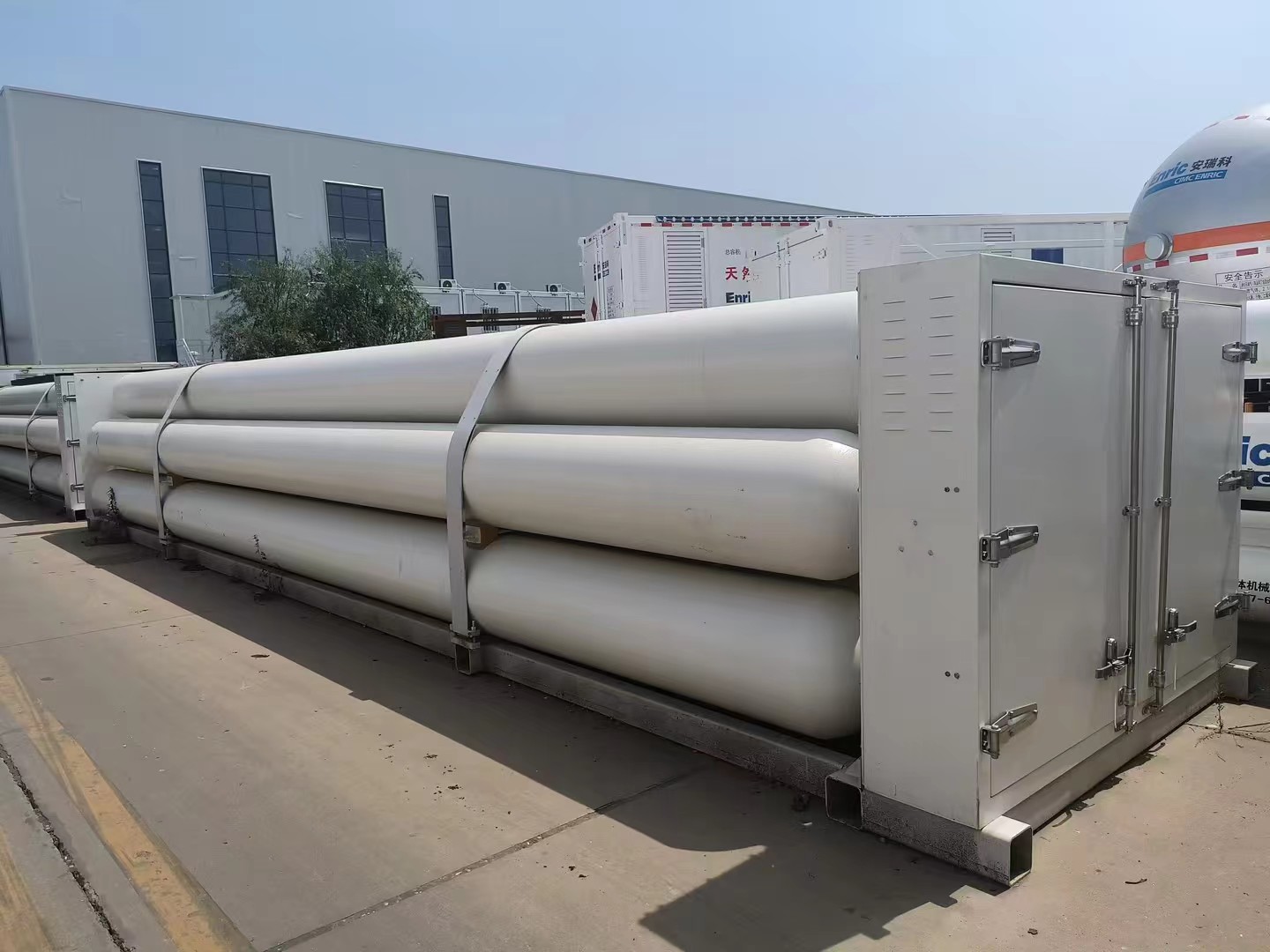


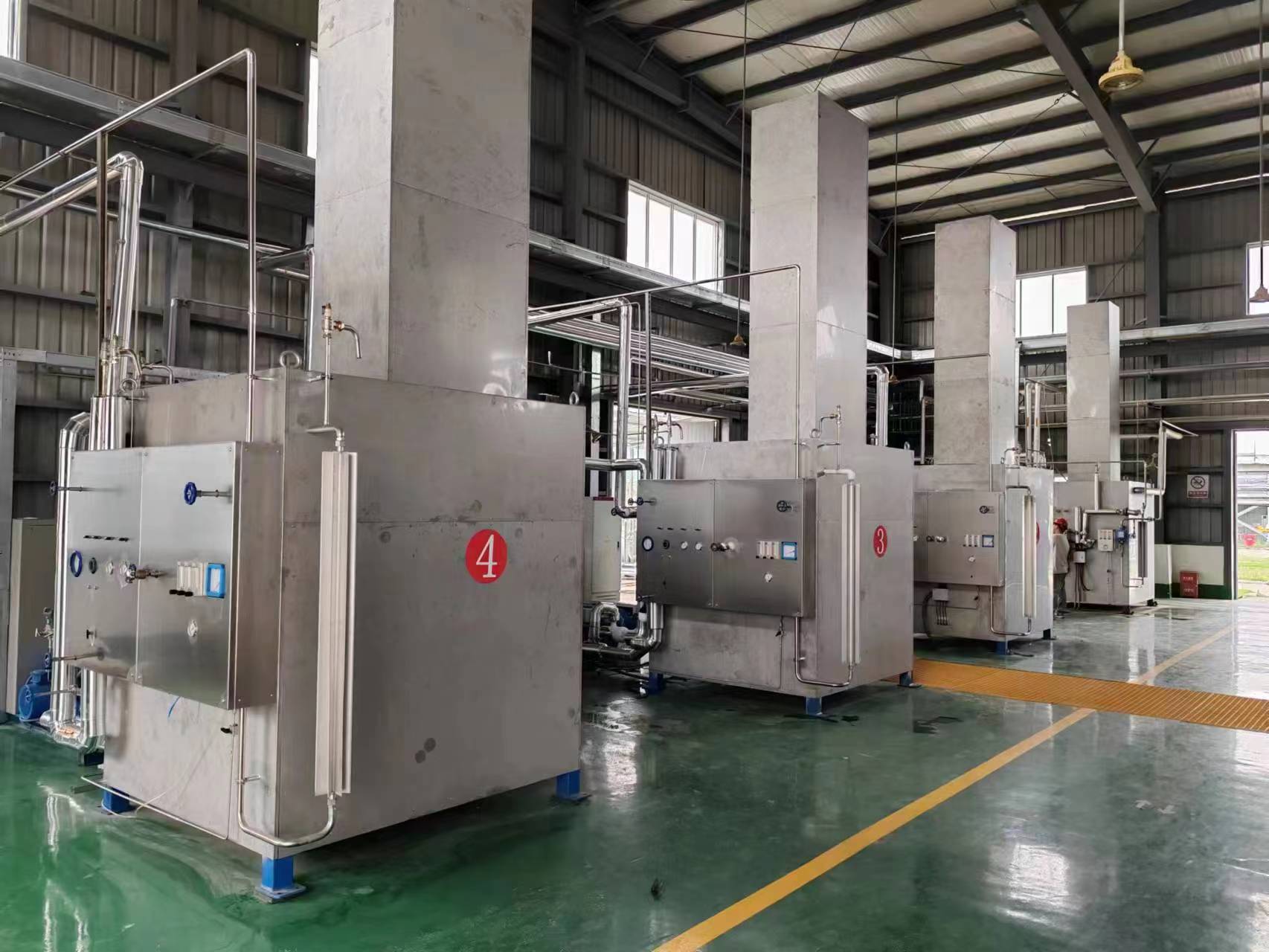
 H2 plant Hypower Project wind power to H2 2000NM3 per hour (1).jpg)
.jpg)
